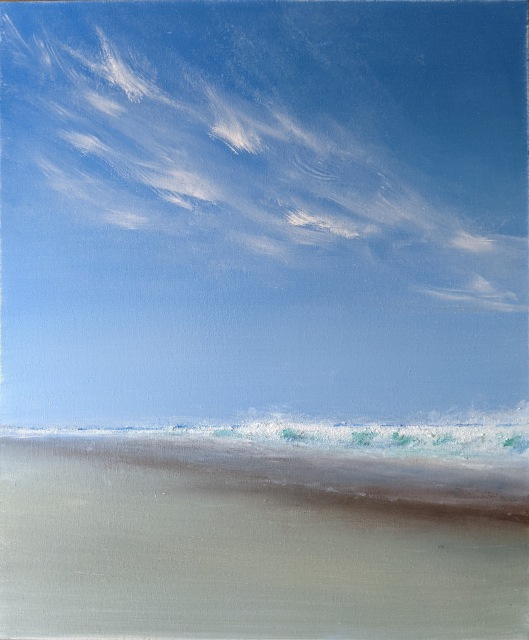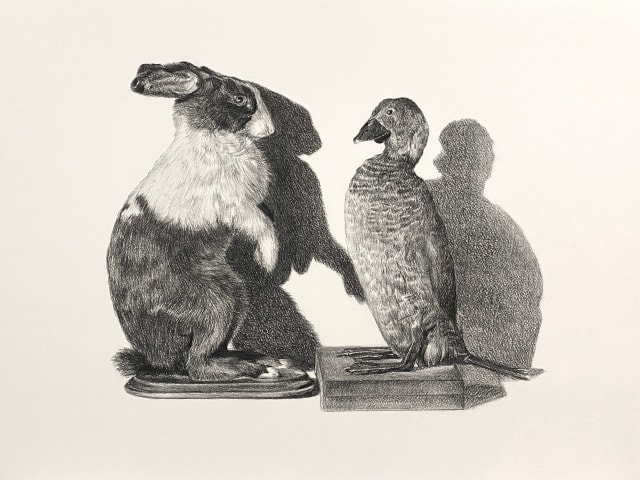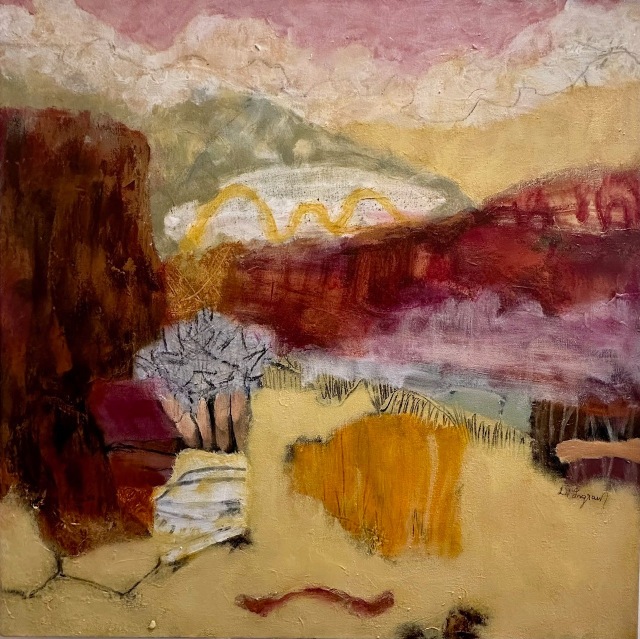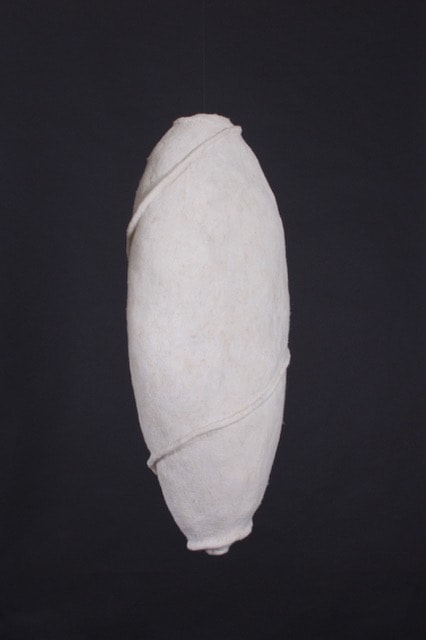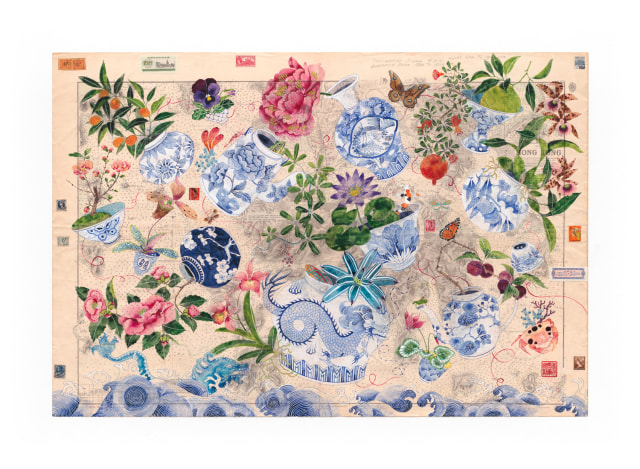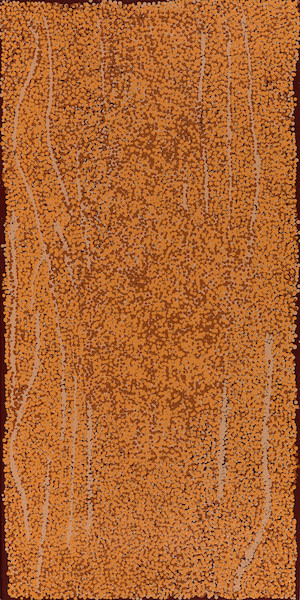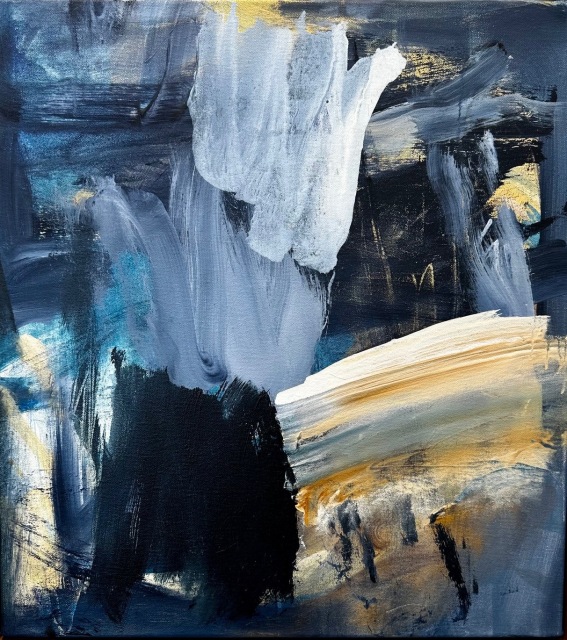Consigned ARTWORKS and stockroom artists
In addition to BCFA represented artists, we have access to an extensive range of Australian and Indigenous works of art consigned to our stockroom. Please refer to the "Artworks" tab for categories including our newly curated "Designer Eye" section.

